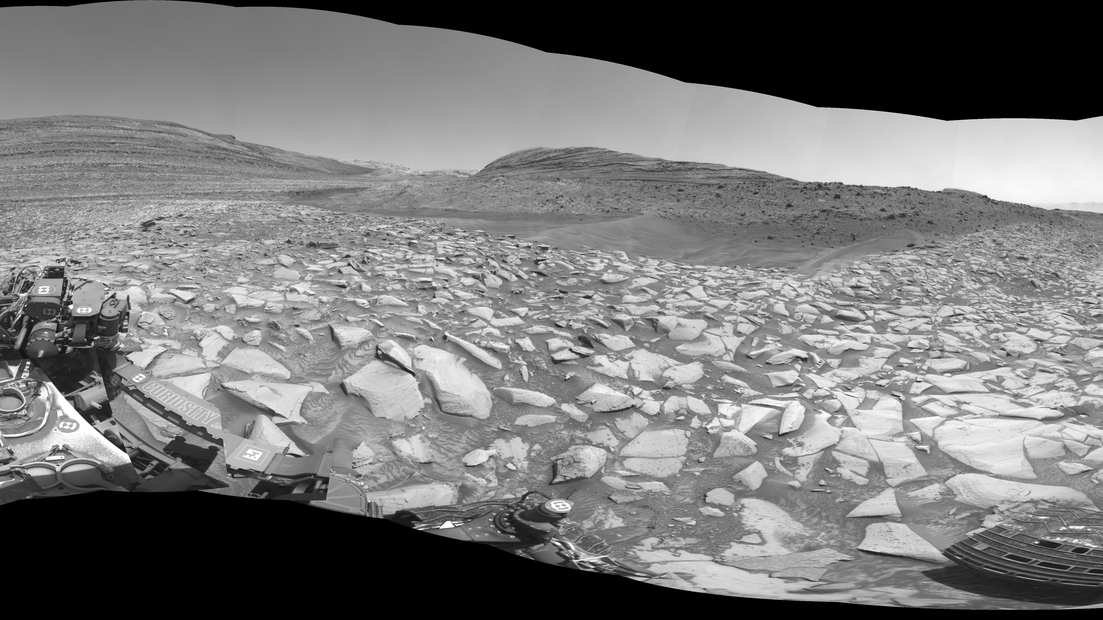
For the past month, NASA's Curiosity rover has been shadowing Gediz Vallis, a channel that scientists think may be the fossil of an ancient Martian river.
Last week, Curiosity reached the north side of Pinnacle Ridge, part of a rock wall that looms over Gediz Vallis. In fact, after Curiosity navigated bumpy ground to do that, it found that the ridge's south side is navigable.
That left Curiosity's overseers at NASA's Jet Propulsion Laboratory (JPL) in Southern California with a choice: Should they keep on their planned course, continuing to drive along Gediz Vallis until they reach a point where the rover can cross it? Or should they take a diversion to explore Pinnacle Ridge's south side?
Related: Curiosity Mars rover: The ultimate guide
If Curiosity stayed on Pinnacle Ridge, it could give its overseers a deep look into the ridge's rocks. These rocks may have once been touched by running water and bear traces of that past. On the other hand, the rocks on Pinnacle Ridge's south side might tell them little that they hadn't already spotted by looking at the ridge's north side.
Meanwhile, moving along Gediz Vallis could let them explore other parts of Mars. But departing Pinnacle Ridge might mean leaving behind a — very literally — once-in-a-lifetime opportunity to learn about ancient Martian running water.
So deliberated approximately two dozen mission scientists — knowing they had only hours to decide on Curiosity's path. "We talked a lot about how the rocks we could see from our current location compared with the rocks we already investigated on the north side," Abigail Fraeman, planetary geologist at JPL, said in a blog post.
Breaking space news, the latest updates on rocket launches, skywatching events and more!
Ultimately, the scientists decided to move along, continuing on the Gediz Vallis path. First, Curiosity's instruments will take some chemical measurements of the rocks immediately beneath the rover's wheels. Then, the rover will be on its way.
"I really love operations days like today. We came in this morning with a completely new Martian vista to admire, and then we had to work together as a team to make a quick decision about what to do next," Fraeman said.
Join our Space Forums to keep talking space on the latest missions, night sky and more! And if you have a news tip, correction or comment, let us know at: community@space.com.

Rahul Rao is a graduate of New York University's SHERP and a freelance science writer, regularly covering physics, space, and infrastructure. His work has appeared in Gizmodo, Popular Science, Inverse, IEEE Spectrum, and Continuum. He enjoys riding trains for fun, and he has seen every surviving episode of Doctor Who. He holds a masters degree in science writing from New York University's Science, Health and Environmental Reporting Program (SHERP) and earned a bachelors degree from Vanderbilt University, where he studied English and physics.
